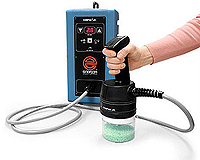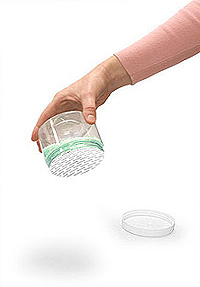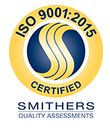Induction Sealer How-to
Induction sealing is the non-contact heating process that accomplishes the hermetic sealing of a container with a closure that includes a heat sealable foil laminate inside of the closure. A common type of innerseal is a 2 pieces innerseal which leaves a secondary seal inside the caps once the induction seal has been removed. This is commonly used where issues of leakage are a concern. Another option is the single piece innerseal, where once the induction seal is removed there is no liner left in the closure. You can also choose from seals that have a pulltab or ones that have a peelable seal leaving no residue on the bottle. You must be certain that the liner is compatible with the bottle material, for assistance with this you can contact our customer service department who can help with sampling the correct type of closure and liner for your application.
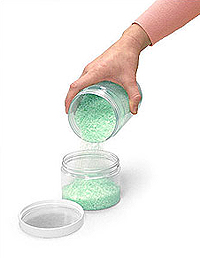
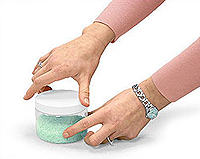
- Determine what type of closure and induction liner is appropriate and compatible with your container.
- Fill your container with product.
- Either manually or automatically cap your container with the appropriate torque.
- Select the appropriate sealing time which is usually determined by closure size.
- Place the cap beneath the induction heating unit, press the trigger which will activate the heating process. The timer will automatically shut off.
- You can remove the closure to visually inspect the container to see if the liner is adhered.
